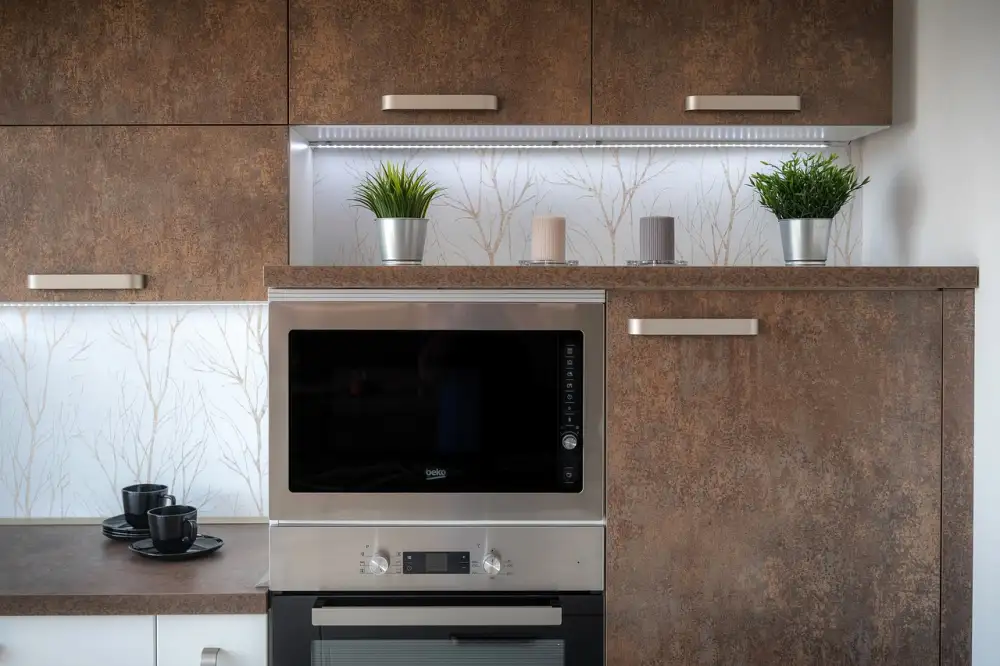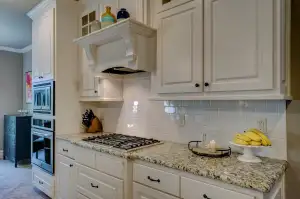Mastering the Art of Cooking: Essential Tips on How to Use a Convection Oven at Home

Convection ovens are a popular choice among home cooks and professional chefs alike due to their ability to cook food faster and more evenly than conventional ovens. The key feature of a convection oven is the fan located at the back that circulates hot air around the food, creating a consistent temperature throughout the cooking process. This results in quicker cooking times, crispier exteriors, and juicier interiors of dishes. By understanding how to properly use a convection oven, you can elevate your cooking skills and create delicious meals with ease.
Preheating the Convection Oven
Preheating your convection oven is a crucial step to ensure even cooking and optimal results. Unlike traditional ovens, convection ovens require preheating to allow the hot air to circulate effectively. Set your oven to the desired temperature about 10-15 minutes before placing your food inside. This allows the oven to reach the set temperature evenly throughout, giving you consistent cooking results. Remember, preheating is key to successful convection cooking!
Adjusting Cooking Time and Temperature
When using a convection oven, it's crucial to adjust both the cooking time and temperature for optimal results. Due to the circulating hot air in convection ovens, food tends to cook faster than in conventional ovens. As a general rule of thumb, reduce the cooking temperature by about 25 degrees Fahrenheit and decrease the cooking time by roughly 25% compared to traditional recipes. It's important to keep an eye on your food as it cooks to prevent overcooking or burning. Remember that these adjustments may vary depending on the specific recipe and type of food being prepared. Experimentation and practice will help you master the art of adjusting cooking time and temperature in your convection oven.
Placement of Bakeware in the Oven
When using a convection oven, it's crucial to consider the placement of bakeware for optimal cooking results. To ensure even heat distribution, leave enough space between pans and the oven walls. Avoid overcrowding the oven by allowing air to circulate around the bakeware. Use light-colored pans to prevent excessive browning on the bottom of your food. For best results, place the bakeware in the center of the oven where hot air can reach all sides evenly. Remember to rotate pans halfway through cooking for uniform browning and doneness. By paying attention to how you position your bakeware, you can achieve perfectly cooked dishes every time.
Utilizing the Convection Fan Effectively
Utilizing the convection fan in your oven effectively can greatly enhance your cooking experience. The fan helps to circulate hot air evenly around the food, resulting in faster and more even cooking. To make the most of this feature, avoid overcrowding the oven with too many dishes at once, as this can block the airflow and hinder the convection process. Additionally, using lightweight and shallow pans can help facilitate better air circulation, ensuring that your food cooks uniformly. By harnessing the power of the convection fan, you can achieve perfectly cooked dishes with crisp exteriors and moist interiors.
Monitoring Food for Even Cooking
When using a convection oven, it's important to monitor your food for even cooking. The circulating hot air in the oven can sometimes cause certain areas of the food to cook faster than others. To ensure even cooking, rotate your bakeware halfway through the cooking process. This will help all sides of your dish receive equal heat exposure, resulting in a perfectly cooked meal. Additionally, consider using light-colored bakeware to prevent excessive browning on the bottom of your dishes. By keeping an eye on your food and making these adjustments, you can master the art of cooking with a convection oven and achieve consistent results every time.
Cleaning and Maintenance Tips
Cleaning and maintaining your convection oven is crucial to ensure its optimal performance and longevity. Start by allowing the oven to cool completely before cleaning. Remove any crumbs or food debris from the interior using a damp cloth or sponge. For stubborn stains, create a paste of baking soda and water and apply it to the affected areas, letting it sit before wiping clean.
The removable parts such as racks and trays can be soaked in warm, soapy water for easier cleaning. Make sure to dry all components thoroughly before placing them back in the oven. Regularly check and clean the convection fan to prevent any buildup of grease or dirt that could affect its efficiency.
To maintain your convection oven, refer to the manufacturer's instructions for specific guidelines on care and maintenance. Avoid using harsh chemicals or abrasive materials that could damage the oven's surfaces. By keeping your convection oven clean and well-maintained, you can continue to enjoy delicious meals cooked with precision and efficiency.
In conclusion, mastering the art of cooking with a convection oven can greatly enhance your culinary skills and the taste of your dishes. Remember to always preheat the oven for optimal results and adjust the cooking time and temperature accordingly. Proper placement of bakeware is essential for even cooking, while utilizing the convection fan effectively ensures efficient heat distribution. Regularly monitor your food for consistent doneness and follow cleaning and maintenance tips to prolong the lifespan of your oven. With practice and attention to detail, you can create delicious meals with ease using a convection oven at home.
Published: 19. 03. 2024
Category: Home



